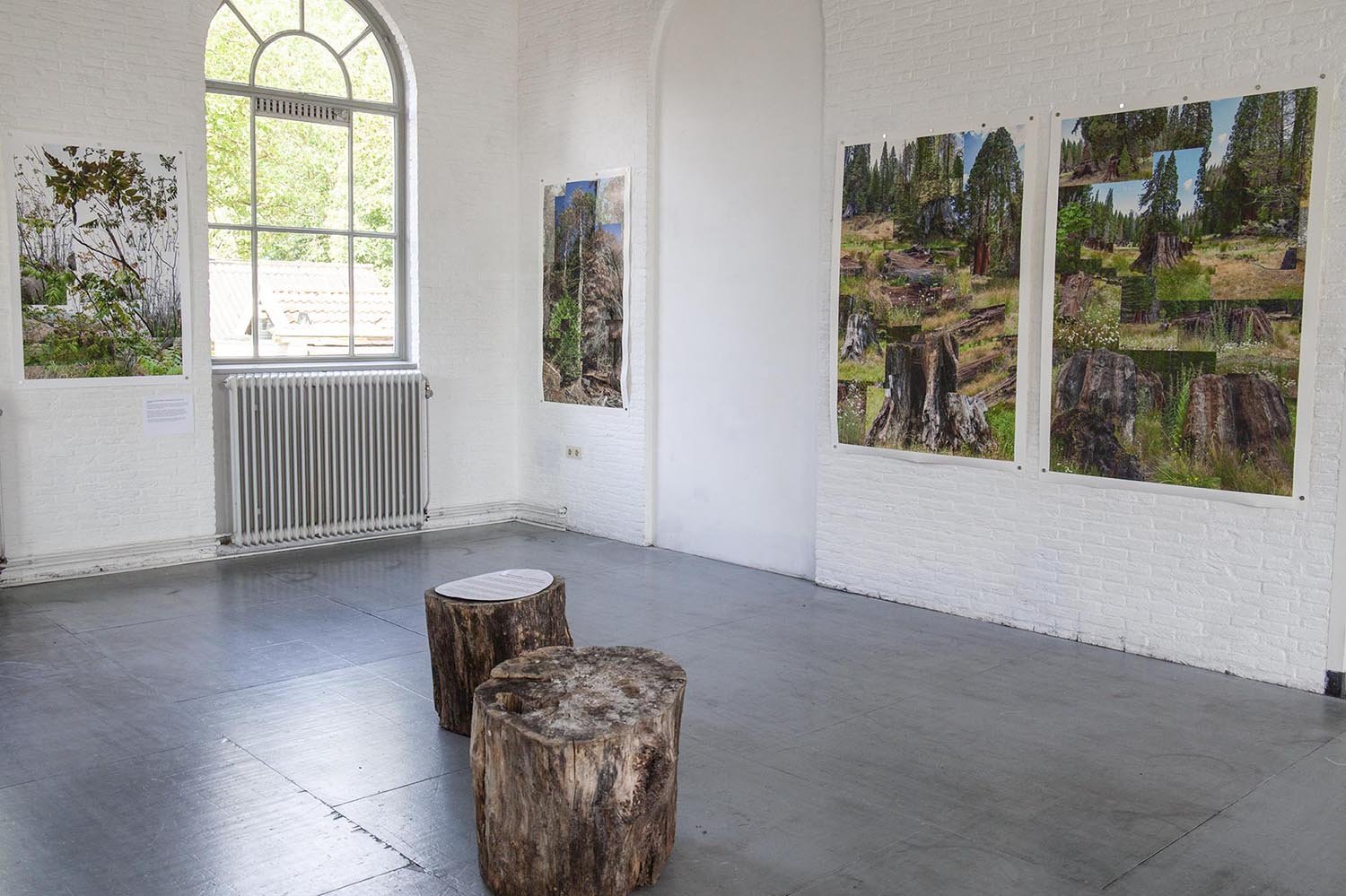LEARNING TO THINK LIKE A FOREST
Our introduction was blunt: “The invasive black cherry.” Not delicate racemes of tiny white blossoms or abundant cherries to feed the birds–the attractions to early travelers who brought this tree back to Europe in the seventeenth century, but a forest plague that overstayed its welcome, mocking eradication efforts by proliferating uncontrollably on the dunes and crowding out Scots pines planted for lumber.
This story frequently repeats with different casts. Clumps of creamy white flowers delighting the eye brought the black locust to Europe even earlier in the seventeenth century, the second tree introduced from the new world.
These stories keep shifting. By the mid-eighteenth century, black locust was widely planted throughout Europe for firewood, viticulture, and beekeeping. However in the twentieth century, both of these tree’s abilities to grow rapidly and produce tremendous quantities of seeds while at the same time proliferating via root sprouts that regrow even faster after being cut caused them to be scorned as invaders.
Trade goes in multiple directions, as do stories. Scots pine was also first introduced into the United States in the seventeen century, eventually becoming a popular Christmas tree. The national tree of Scotland, where only small patches of forest remain, Scots pine is now considered invasive in some places in the US.
Invited to Bewaerschole from the United States, what stories could I bring? What seeds might I carry? For over a decade I have been walking with dying trees near my home in San Diego, bearing witness to their losses, gradually expanding my range north and east from this southwestern most corner of the US. Urbanization resulting in the clearing of forests, globalization in the form of introduced species, and bark beetles, drought and fire all made worse by a warming climate contributed to an alarming loss of over 150 million trees in California in the last decade, but few people were paying attention until the catastrophic fires of 2019 and 2020 that undoubtably killed hundreds of millions more. Almost all of the conifers native to southern California that I have watched wither from drought and bark beetles have been brought to the Netherlands—Jeffrey pine, Ponderosa pine, Coulter pine, Douglas fir, white fir, incense cedar and the even the magnificent sequoias, who were relatively unscathed until the recent fires.
As I continue to learn with black cherry, stories have piled upon stories--stories of grabbing delights from around the world, stories of recreating home wherever one goes, not only bringing beloved plants but cutting down the native trees for lumber and pasture while sowing even more destructiveness from other creatures that hitched along for a ride. Trees brought to Europe didn’t become invasive on their own but were widely planted, heralded as saviors addressing economic or ecological needs in areas where the original forest had been cut down, only to become labeled as invaders causing economic and ecological harm when they overstepped their bounds. Simple solutions to complex problems only further damage the life web, while systems of globalized trade accelerate a warming climate.
It is time to be attentive to the natural world while contemplating the stories we are telling. I offer stories that I have learned from walking with trees, both those trees that have traveled and those of the sequoia languishing in forests near my home. While humanity has wrought tremendous changes to forest ecologies, we can commit to reweaving a multifaceted, resilient web instead of grabbing for singular jewels. I invite you to contribute to the stories of the future.





